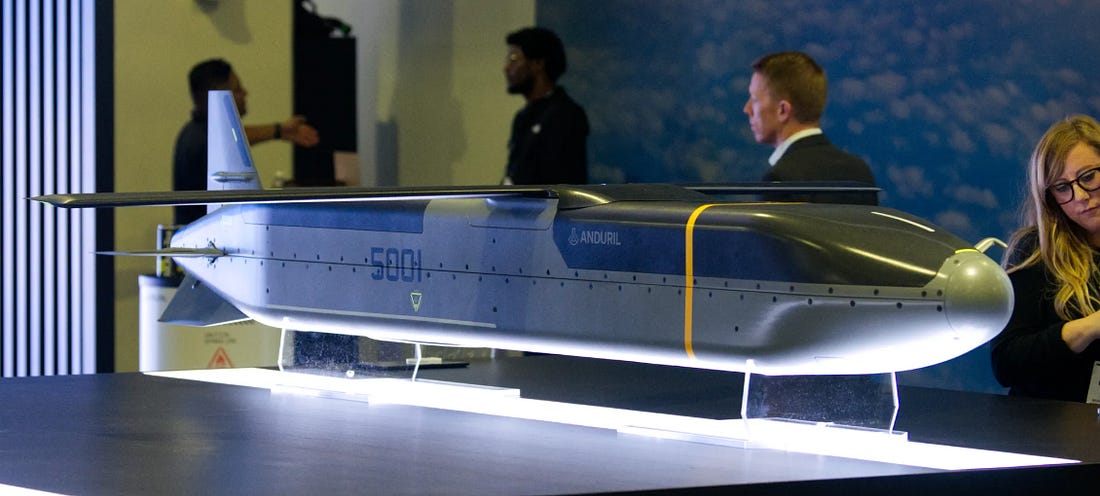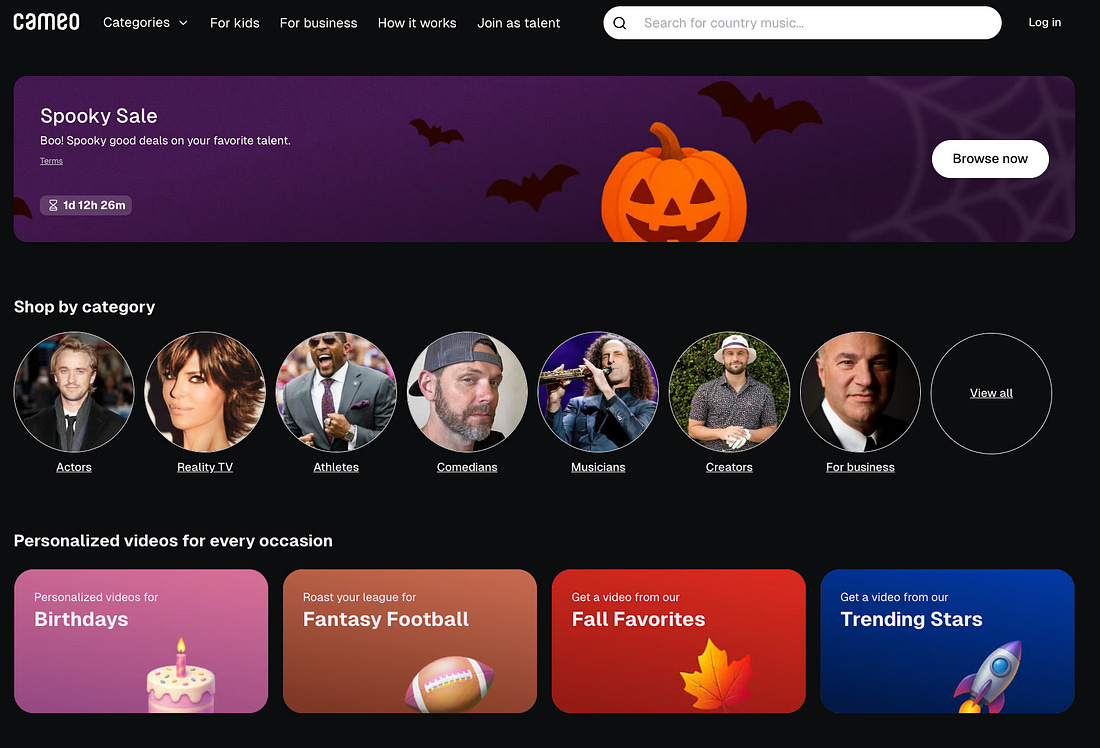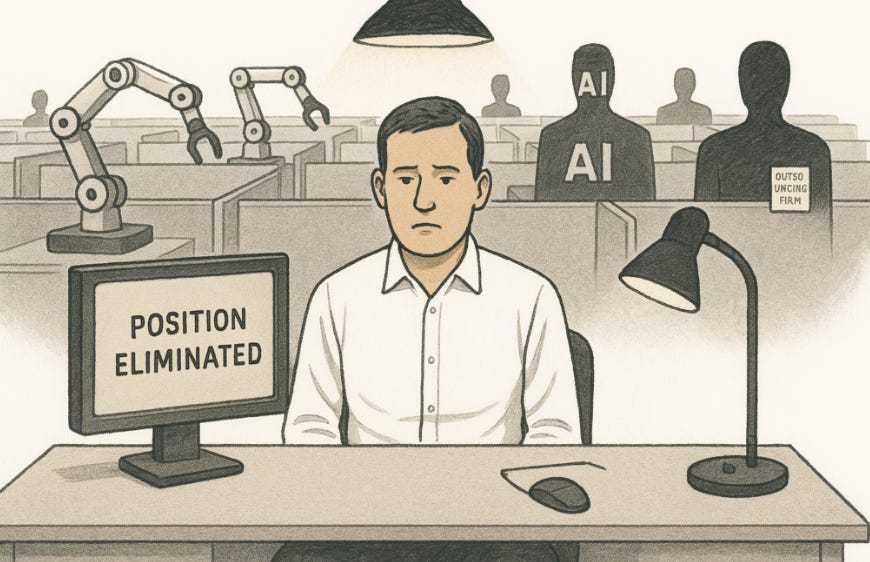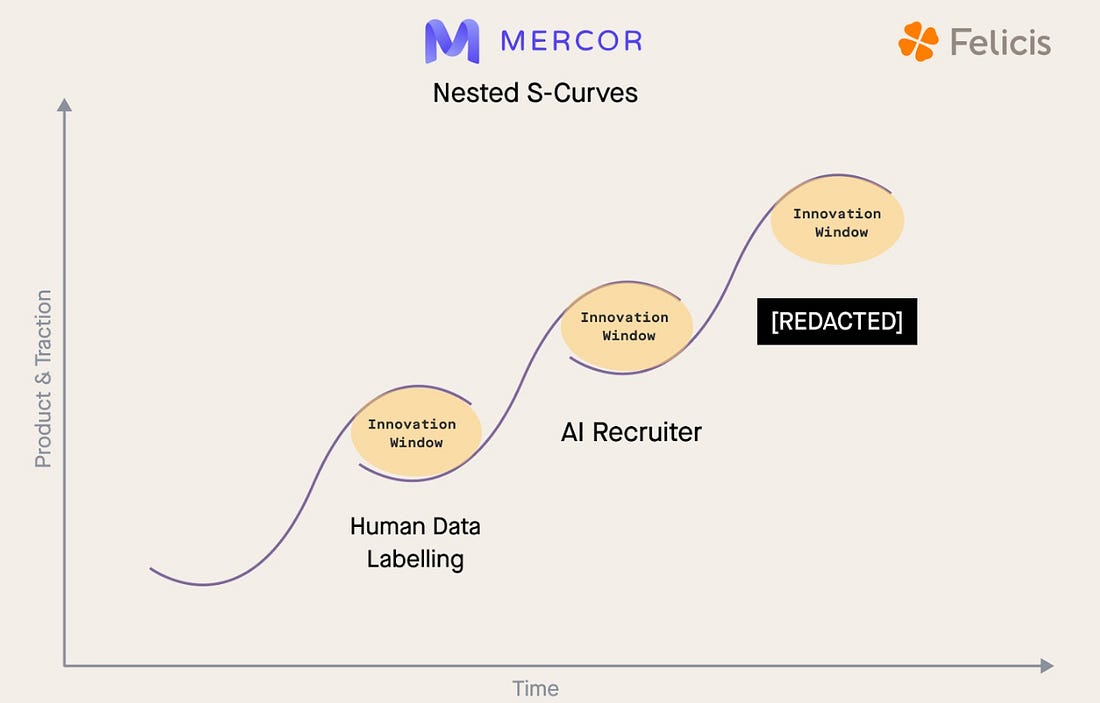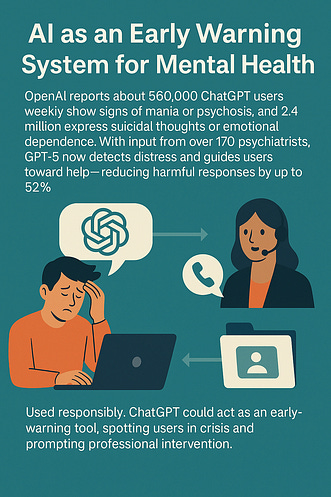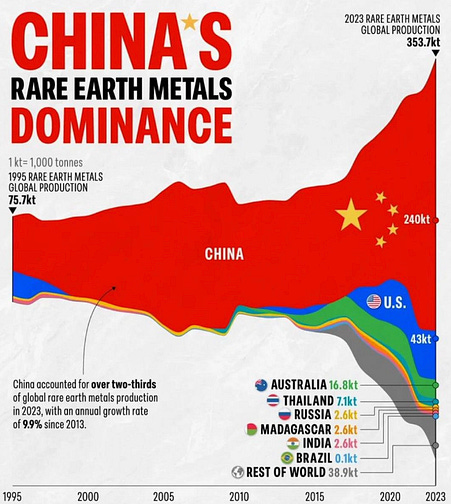💣 The US Just Restarted Nuclear Testing, But What Is the Real WeaponPlus: AI is gutting white-collar America.Brought to you by Delve: Today’s issue highlights who’s really winning from the renewed nuclear testing race, how OpenAI is getting sued, again, this time over the word “Cameo” in its Sora 2 model, and why white-collar jobs are disappearing fast as automation takes over. If it’s done with a computer, it will be replaced and automated with a computer. The job hierarchy is being rewritten in real time.
📰 AI News and Trends
Other Tech News
Turn RAG into riches with Delve’s AI for security questionnairesHate those endless security questionnaires? We do too. So we hired the sharpest AI brains from Stanford, MIT, and beyond—and made them do your grunt work. Delve uses state-of-the-art agentic RAG, not your average “retrieve + answer” hack. Our agents think ahead: pull evidence, resolve conflicts, reason across your policy graph, interrogate your infrastructure, and draft bullet-proof responses. We’ve helped Lovable, Bland, Micro1, and a ton of the fastest-growing AI companies navigate and close review with almost every F50 - and saved dozens of hours with our AI-native compliance platform.
The US Just Restarted Nuclear Testing, But What Is the Real WeaponPresident Donald Trump announced that he has ordered the Pentagon to resume nuclear weapons testing, ending a 33-year moratorium since 1992. He stated that the U.S. should test “on an equal basis” with China and Russia, arguing that renewed tests are necessary for modernization, reliability, and parity in nuclear capabilities. The announcement came just before Trump’s first in-person meeting with Chinese President Xi Jinping since 2019. His former national security adviser, Robert C. O’Brien, had urged such tests last year, saying computer modeling alone was insufficient and calling for the resumption of uranium-235 and plutonium-239 production. This follows Russia’s test of its new Burevestnik nuclear-capable cruise missile and Putin’s claim of a successful trial of the Poseidon underwater nuclear drone. It’s about the AI and Tech Race
What we are reading:
Cameo vs. OpenAI. The Deepfake Battle No One Saw ComingCameo is suing OpenAI over its new Sora 2 cameo feature, accusing the AI giant of stealing its name and reputation to push deepfake videos.
This case could set a precedent for AI-generated likeness rights, trademarks, and how brands protect themselves from being absorbed by generative platforms. Cameo’s CEO says that they are losing millions due to Sora’s cameo tool and the holiday season which is approaching is their most lucrative season and are willing to fight to get OpenAI to stop using the term The AI boom is colliding with intellectual property law, and the question now is whether creativity or code controls celebrity. 🧰 AI Tools of The Day
AI is gutting white-collar America.From Amazon to Target, tens of thousands of office workers are being cut as companies automate more roles and chase efficiency.
The corporate ladder is collapsing from the middle, and AI is pulling the rungs out faster than workers can climb. 🧰 AI Guides
🚀 Showcase Your Innovation in the Premier Tech and AI Newsletter (link) As a vanguard in the realm of technology and artificial intelligence, we pride ourselves in delivering cutting-edge insights, AI tools, and in-depth coverage of emerging technologies to over 55,000+ tech CEOs, managers, programmers, entrepreneurs, and enthusiasts. Our readers represent the brightest minds from industry giants such as Tesla, OpenAI, Samsung, IBM, NVIDIA, and countless others. Explore sponsorship possibilities and elevate your brand's presence in the world of tech and AI. Learn more about partnering with us. You’re a free subscriber to Yaro’s Newsletter. For the full experience, become a paying subscriber. Disclaimer: We do not give financial advice. Everything we share is the result of our research and our opinions. Please do your own research and make conscious decisions. |
Thursday, October 30, 2025
💣 The US Just Restarted Nuclear Testing, But What Is the Real Weapon
Tuesday, October 28, 2025
The Rare Earths Boom
Brought to you by Delve: Today’s lineup: AI training startups are flooded with cash, ChatGPT may be emerging as an early mental health warning system, and the global race for rare earth minerals is heating up. Let’s dive in—and stay curious.
📰 AI News and Trends
Other Tech News
Turn RAG into riches with Delve’s AI for security questionnairesHate those endless security questionnaires? We do too. So we hired the sharpest AI brains from Stanford, MIT, and beyond—and made them do your grunt work. Delve uses state-of-the-art agentic RAG, not your average “retrieve + answer” hack. Our agents think ahead: pull evidence, resolve conflicts, reason across your policy graph, interrogate your infrastructure, and draft bullet-proof responses. We’ve helped Lovable, Bland, Micro1, and a ton of the fastest-growing AI companies navigate and close review with almost every F50 - and saved dozens of hours with our AI-native compliance platform.
Mercor Hits $10 Billion Valuation Training AI ModelsFounded in 2023 by three Thiel Fellows, Mercor trains AI models for OpenAI and Anthropic using a global network of 30,000 contractors. The startup just raised $350 million, boosting its valuation to $10 billion, 5x higher than in February. After Meta’s $14B investment in Scale AI, Mercor’s revenue quadrupled as clients sought alternatives. Contractors earn an average of $85/hour, with Mercor taking 30–35% in fees. Now the company faces a lawsuit from Scale AI, underscoring the fierce competition in the booming AI data-labeling industry. What is AI Systems Training?Training AI systems means feeding machine learning models human-labeled data and expert feedback so they learn to think, reason, and communicate like people. This involves tagging images, text, and audio, ranking chatbot responses (known as reinforcement learning from human feedback), and having professionals like doctors or lawyers review model outputs for accuracy. Major players include Scale AI, Sama, Appen, Remotasks, and Mercor, which work with companies like OpenAI, Anthropic, and Meta. The global AI training data market is projected to exceed $30 billion by 2030 with a 25%+ CAGR, driven by demand for higher-quality and domain-specific data. There’s still a significant opportunity for startups that specialize in niche data labeling (medical, legal, multilingual, or regional) or that build human-in-the-loop tools to make AI feedback faster and more accurate. In short, training AI remains one of the most critical and profitable layers of the AI ecosystem. What we are reading:
Share Yaro on AI and Tech Trends | Your Top AI Newsletter AI as an Early Warning System for Mental HealthOpenAI reports that about 560,000 ChatGPT users weekly show signs of mania or psychosis, and 2.4 million express suicidal thoughts or emotional dependence. With input from over 170 psychiatrists, GPT-5 can now detect distress and guide users toward help, reducing harmful responses by up to 52%. Used responsibly, ChatGPT could act as an early-warning tool, spotting users in crisis and prompting professional intervention. The key is consent and human oversight: users would opt in to share emergency contacts, and trained reviewers would confirm any alert before notifying family or emergency services. AI won’t replace care, but it could save lives by recognizing when someone needs help and ensuring that help arrives. Share Yaro on AI and Tech Trends | Your Top AI Newsletter 🧰 AI Tools of The Day
The Rare Earths BoomThe U.S. and other thriving economies are pouring billions into rare-earth mining and processing to cut reliance on China, which still controls over 70% of global supply. After Beijing restricted exports this year, prices soared and factories stalled, sparking massive Western investment. Major deals include Orion Resource Partners’ $1.8B fund, $2.2B in U.S. financing for Australian projects, and JPMorgan’s $10B national security initiative, starting with Perpetua Resources in Idaho. Rare minerals like neodymium, dysprosium, gallium, and antimony, mostly found in China, Australia, the U.S., and Africa, are essential for EVs, chips, and defense tech. Companies like Lynas, MP Materials, and Iluka stand to benefit as nations race to secure supply chains that power the AI, green energy, and tech revolutions. 🧰 AI Guides
🚀 Showcase Your Innovation in the Premier Tech and AI Newsletter (link) As a vanguard in the realm of technology and artificial intelligence, we pride ourselves in delivering cutting-edge insights, AI tools, and in-depth coverage of emerging technologies to over 55,000+ tech CEOs, managers, programmers, entrepreneurs, and enthusiasts. Our readers represent the brightest minds from industry giants such as Tesla, OpenAI, Samsung, IBM, NVIDIA, and countless others. Explore sponsorship possibilities and elevate your brand's presence in the world of tech and AI. Learn more about partnering with us. You’re a free subscriber to Yaro’s Newsletter. For the full experience, become a paying subscriber. Disclaimer: We do not give financial advice. Everything we share is the result of our research and our opinions. Please do your own research and make conscious decisions. © 2025 Yaro Celis |



